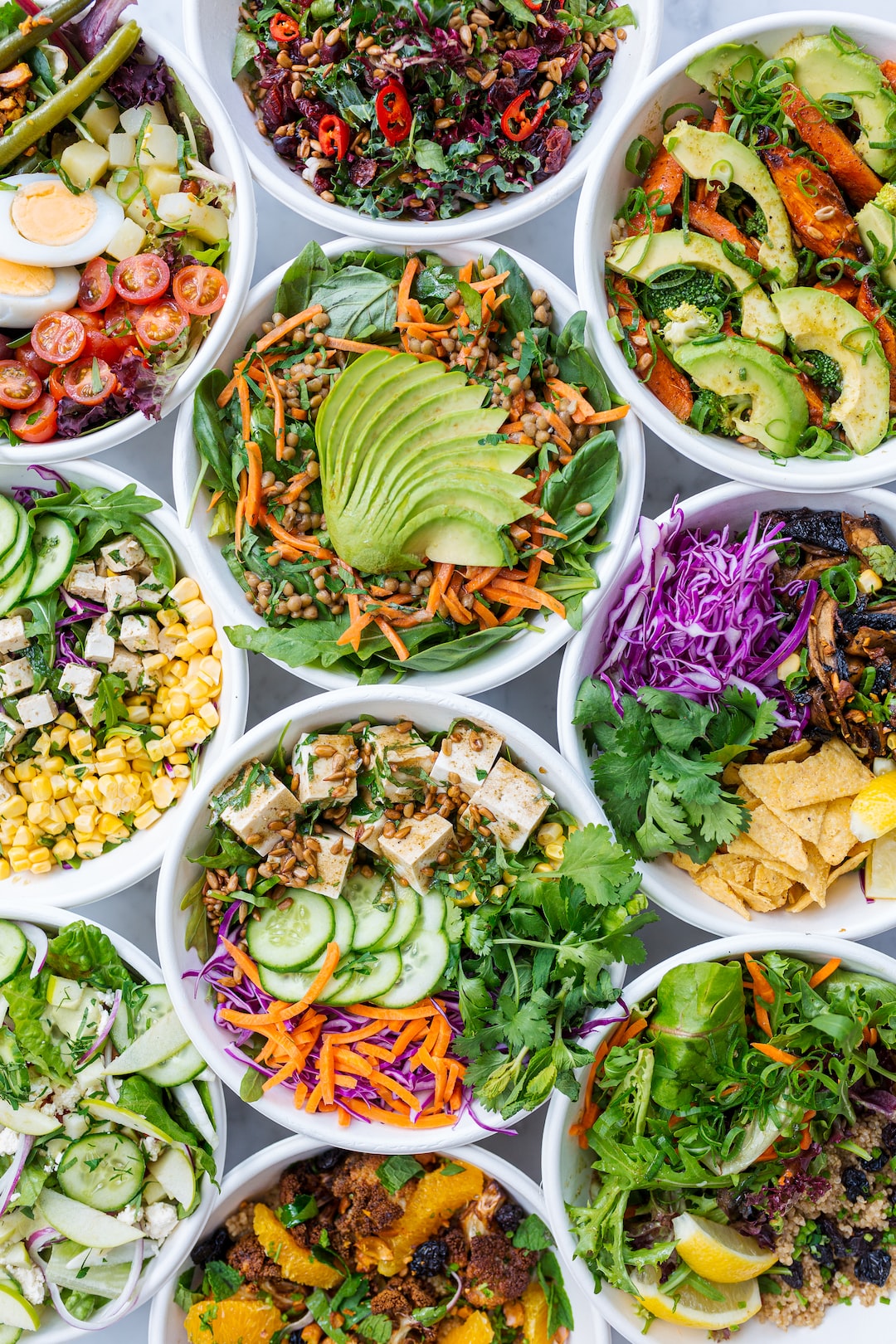Mastering the Art of Pie Making: Tips for Flaky Crusts and Delicious Fillings
There’s something truly comforting about a perfectly baked pie with a flaky, buttery crust and a delicious filling. Whether it’s a classic apple pie, a rich chocolate cream pie, or a savory quiche, mastering the art of pie making is a skill that every home baker should strive for. In this blog post, we’ll uncover some essential tips for achieving those flaky crusts and mouth-watering fillings that will have your friends and family asking for seconds.
1. Start with the right ingredients: When it comes to making pie crusts, the quality of your ingredients is crucial. Opt for unsalted butter, which ensures better control over the level of saltiness in the dough. Additionally, using chilled water and flour helps keep the dough cold, resulting in a flakier crust. Invest in high-quality flour, as it will have a significant impact on the texture and taste of your crust.
2. Keep it cold: Cold butter and water are key to achieving flaky pie crusts. Cut the butter into small cubes and place it in the freezer for about 15 minutes before incorporating it into the dough. Similarly, make sure your water is chilled before adding it to the mixture. Keeping everything cold prevents the butter from melting too quickly, which leads to a tougher crust.
3. Don’t overwork the dough: Overworking the dough can result in a tough crust rather than a tender, flaky one. Mix the ingredients just until the dough comes together, and avoid handling it more than necessary. Some small lumps of butter in the dough are a good thing – they’ll create those sought-after pockets of air that contribute to the flakiness.
4. Roll it out with care: When rolling out your dough, make sure to lightly flour the work surface and the rolling pin to prevent sticking. Roll from the center outward in all directions, rotating the dough 90 degrees after each roll. This technique ensures that the dough is evenly stretched and helps you achieve a more uniform thickness. Aim for a thickness of about 1/8 inch for a balanced crust-to-filling ratio.
5. Blind bake your crust: For custard or cream-based pies, it’s essential to blind bake the crust before adding the filling. Blind baking means partially or fully baking the crust without the filling. To prevent the crust from puffing up, prick the bottom of the crust with a fork and line it with parchment paper or aluminum foil filled with beans or pie weights. This process ensures a crisp and flaky crust that won’t become soggy from the filling.
6. Experiment with fillings: Once you’ve mastered the art of the perfect pie crust, it’s time to get creative with fillings. Experiment with a variety of fruits, seasonal vegetables, or even savory options like cheese and spinach. Be sure to consider the texture and moisture content of the ingredients to ensure they complement the crust and bake evenly.
7. Brush the crust for a golden finish: To achieve that beautifully golden and glossy crust, brush the top of the pie with an egg wash (beaten egg with a splash of milk or water) before baking. This step adds a professional touch and gives your pie a polished look that will impress your guests.
Creating a homemade pie can be both rewarding and delicious. By following these tips for mastering the art of pie making, you’ll be well on your way to baking pies that rival those found in the best bakeries. So put on your apron, gather your ingredients, and let your creativity soar as you embark on your pie-making journey.
